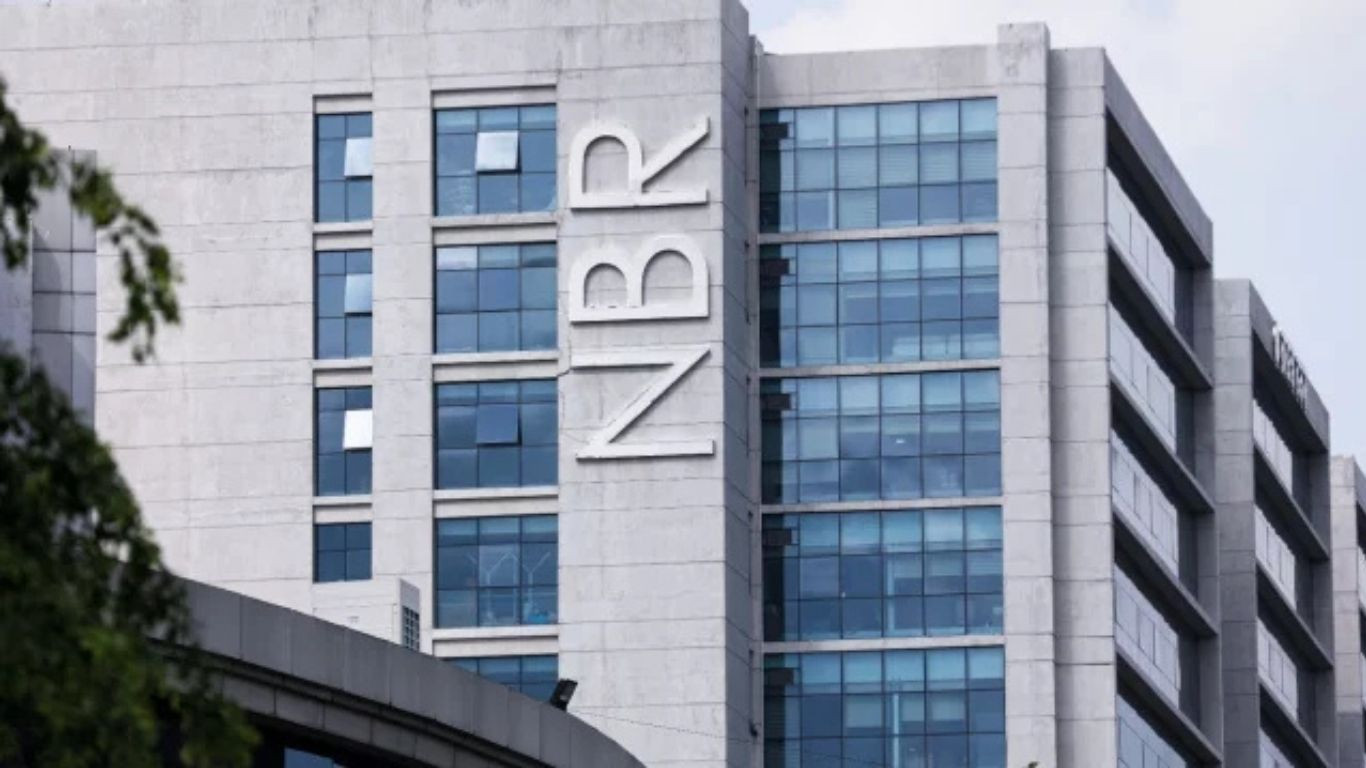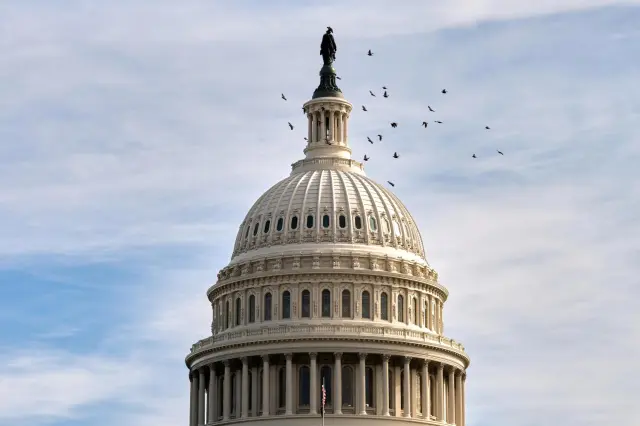OpenAI faces new pressure over safety, culture, and what AI should be for

The AI company’s growth versus its responsibility
OpenAI is under intensifying scrutiny as it races to scale artificial-intelligence products into daily life. Internally, current and former staff have raised concerns about whether the company’s push into mainstream social platforms and always-on assistants is drifting away from its original “safe and broadly beneficial” mission. Some employees say the drive to dominate attention — and to build products that behave more like lifestyle companions than research tools — is creating tension between growth, safety, and mental-health obligations to users. Those concerns sharpened after new complaints to U.S. regulators accused the company’s flagship chatbot of causing psychological harm in extreme edge cases.
The commercial stakes are huge. OpenAI is now positioned as one of the most valuable private tech companies on earth, with revenue in the tens of billions per year and investor expectations that it could become a trillion-dollar business within a few years. That pressure means nonstop rollout. The company is moving from developer tools to mass-market habits: chatbots that act like personal aides or friends, creative studios that promise instant video, and integrations that sit in phones, laptops, offices, and classrooms. Supporters say this proves AI is finally useful. Critics say it looks like rushing powerful systems into emotionally vulnerable spaces before society decides on guardrails.
Another flashpoint is content policy. OpenAI has signaled it will allow more mature material for verified adults, arguing that age-gated experiences should treat adults like adults. Fans of that decision call it realistic. Critics warn it could accelerate AI intimacy — and dependency — faster than regulation. Regulators are watching just as governments are drafting cybercrime rules, data-sharing treaties, and AI standards. OpenAI is no longer just a research lab. It is now part of policy.
Why this matters for everyone else
Rivals and partners are reacting. Big cloud companies are building or buying their own conversational systems. Smaller startups are pitching “safer,” “more honest,” or “more controllable” AI as their brand. Educators and mental-health advocates are demanding audits of AI companions marketed to teenagers. Meanwhile, regulators face a timing gap. Technology moves at week-by-week speed. Law moves in months or years. If companies can lock in user behavior now — make an AI voice or text window feel normal, comforting, and irreplaceable — then the rules written later will have to work around an already entrenched product.
For OpenAI, the next phase is credibility. If it can convince the public it can ship fast and still police itself, it keeps control of its own story. If not, regulators will write that story, and likely in harsher terms. The fight over AI “safety” is not academic anymore. It is a core business risk, playing out in public.





















